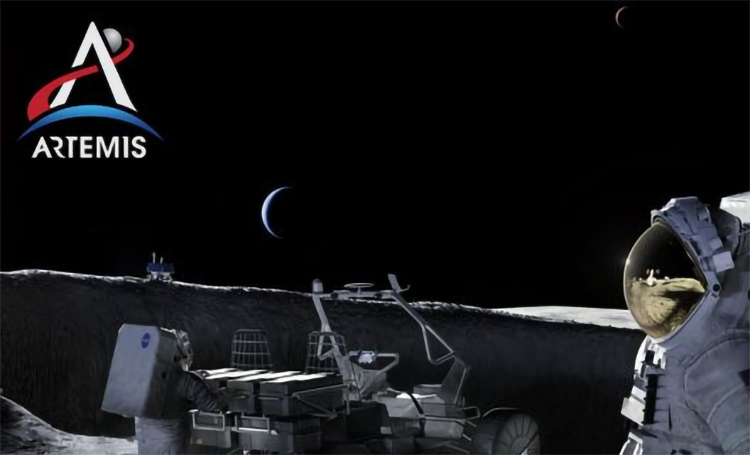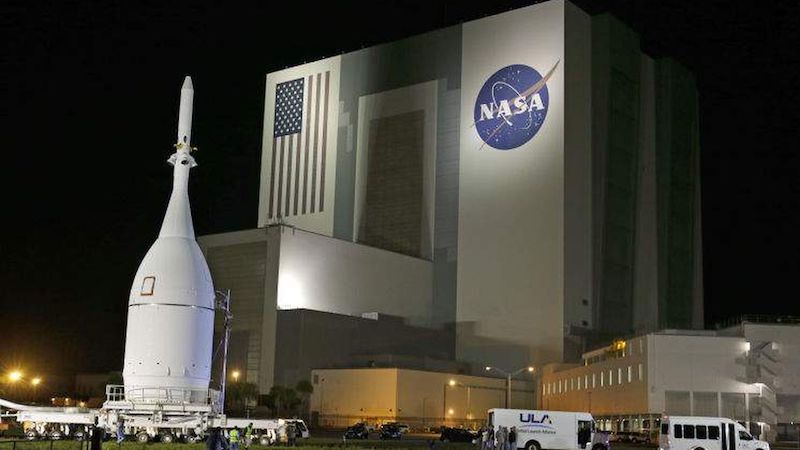NASA’s Artemis Program Will Bring More Astronauts on the Moon Soon

By 2024 or three years from now, NASA will be sending the first woman astronaut and another man to the moon through its Artemis program.
The U.S. government funds the Artemis space program. It’s an international human spaceflight program that will land a new team on the moon’s lunar south pole region. NASA manages the program in cooperation with U.S. commercial spaceflight companies with contracts with NASA and the space agencies of Brazil, Ukraine, United Arab Emirates, United Kingdom, Australia, Italy, Canada, Japan and Europe.
The program’s long-term goal is to establish a sustainable presence on the moon, laying the foundation for building a lunar economy for private companies and sending humans to the Red Planet, Mars.
Exploring the upper limits of global navigation systems
Space exploration involves a multitude of entities. The Artemis team of lunar explorers has several ambitious goals, and they are creating a navigation architecture that will give them robust and accurate Position, Navigation and Timing (PNT) services for the missions of Artemis. One such component is the GNSS or the Global Navigation Satellite System signals. When the GNSS is used in the high-earth orbit and lunar space, it will enable responsive and precise maneuvers, improve timing, allow autonomous, onboard orbit and trajectory determination, and reduce costs.
What is the global navigation satellite system?
The GNSS refers to the PNT satellite constellations that several countries operate (U.S., Japan, India, China, Russia and the European Union). An example of the PNT constellation is the GPS, which was created by the U.S. Air Force.
Various entities on earth use GNSS signals, as they enable navigation. They also provide exact timing in many vital applications, including telecommunications, cellular networks, power grids, financial transactions, and banking.
In space, GNSS signals can be used by spacecraft to pinpoint their location, time and velocity, which are all critical to the operations of space missions.
Accordingly, the program will expand the use of GNSS signals in space to assist NASA in its plans to have humans explore the moon. Authorities see GNSS provide many satellites the autonomy to react and respond to all events in real-time, ensuring the mission’s success.
They foresee GNSS as a money saver because the ground operations will be simpler, and they do not need to install an onboard clock, which is a big expense. The accuracy of GNSS will be critical in performing precise measurements while in space. NASA navigation engineers are already simulating the availability of GNSS signals close to the moon.
Selection of astronauts
With the first Artemis mission schedule drawing nearer, NASA announced the 18 candidates for the Artemis team, comprising nine males and nine females. They come from diverse backgrounds, experience, and expertise. The announcement was made on December 9, 2020, by U.S. Vice President Mike Pence.
Artemis missions
The Artemis team’s space vehicle is called Orion, a reusable spacecraft conceived by Lockheed Martin and the European Service Module. Airbus Defense and Space manufactured the space vehicle.

Two of the team members, one American woman and an American man, will be going to the moon in 2024. But the Artemis mission will start earlier. The first mission without any crew will be a test mission that will blast off in November 2021. They will be testing the Orion capsule and its launch rocket, the Space Launch System (SLS), in the initial flight.
Planned for August 2023 is the second Artemis mission, which will be a test the capsule’s critical systems while carrying humans. The third mission is the one that will carry the first woman astronaut and the next male astronaut to the moon. The third mission will be for 2024. A mini-space station in lunar orbit, called the Lunar Gateway, will support the crew. It will serve as the holding area for robots and rovers, a short-term habitation module, science laboratory and communication hub. Lunar Gateway will be solar-powered.
Aside from the Lunar Gateway, SpaceX’s Dragon XL will be the resupply spacecraft to carry various supplies, experiments and pressurized and unpressurized cargo to the Lunar Gateway.
Therefore, we might be hearing about flights to the moon soon. But before the return of humans to the moon, NASA is will be busy sending several technology experiments and new science investigations to the moon starting this year.